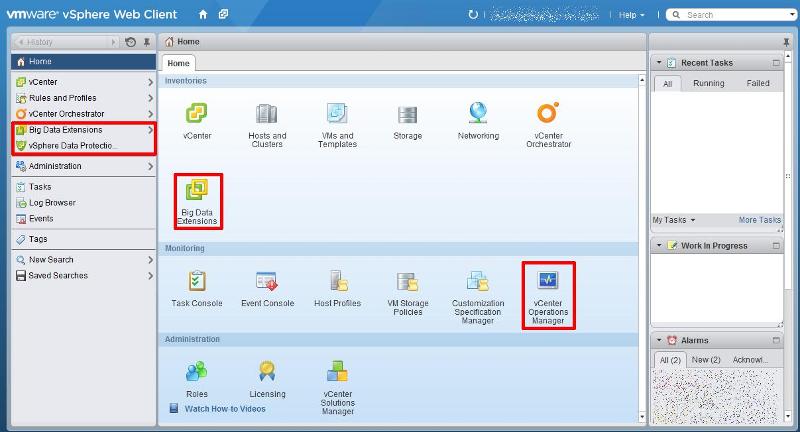
- #How to create a mac os x vm on vsphere clie how to
- #How to create a mac os x vm on vsphere clie install
- #How to create a mac os x vm on vsphere clie code
One note before running the script, the ISO image being downloaded is roughly 200MB and could take a while depending on your bandwidth.

To really show off the capabilities of the SDK, there’s a sample script which takes an un-configured vSphere environment and performs all of those normal configuration steps. I’ll be using P圜harm, which is available here.
#How to create a mac os x vm on vsphere clie code
This will make editing, running and debugging the code a lot easier to deal with. One other item worth mentioning is an IDE.
#How to create a mac os x vm on vsphere clie install
After checking out which requirements are necessary, we’ll install those requirements by way of the following command: They’re listed within the root of the SDK folder in the file labeled: requirements.txt. Lastly, we’ll install the SDK requirements. We can do that with the following commands: It’s also recommended to isolate your development environments from each other so, we’ll setup a virtual environment and jump into it. Utilizing our package manager, we’ll install Python 3.6 with the following command: Due to that, it is best not to modify that version or the defaults. However, it is generally an older version (normally, Python 2.7) and is used for some system related tasks. It’s worth noting here that Mac OS X comes with a version of Python already installed. It can be easily downloaded and installed with the following command: /usr/bin/ruby -e "$(curl -fsSL )"įinally, we’ll install Python in the recommended version of 3.6.

Next, we’ll need to install the package manager, Homebrew. This can be done with the following command, then following the prompts: GCC can be installed in multiple ways, but I’ve found it’s easiest to obtain it by installing the Xcode Command Line Tools. These include the GNU Complier Collection (GCC), a C compiler, and HomeBrew, a package management system. There are a handful of ways to install and setup Python on your workstation, I will be walking through a high level configuration for my Mac.įirst things first, clone the vSphere Automation SDK for Python from the VMware GitHub repository located here.Īfter that’s complete, we’ll need to install the Python prerequisites. This time, we’ll be looking at the vSphere Automation SDK for Python! Prerequisites

In the last couple parts of the series we looked at the SDK for REST, which included Postman REST client samples, as well as some JavaScript samples.
#How to create a mac os x vm on vsphere clie how to
We’ve been looking at how to get started using the new vSphere Automation SDKs.


 0 kommentar(er)
0 kommentar(er)
